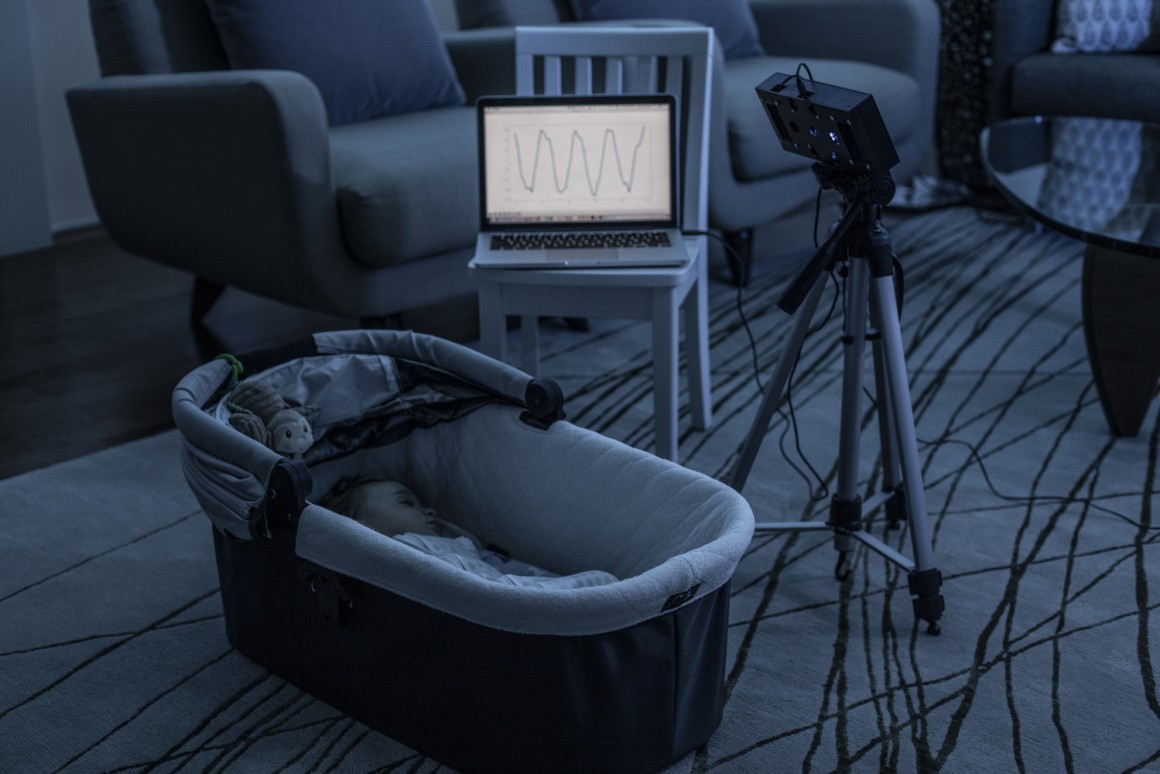WASHINGTON: Researchers, including one of Indian-origin from Washington University, have developed a new smart speaker skill that lets a device use white noise to both soothe sleeping babies and monitor their breathing and movement.
White noise is a combination of different sound frequencies, which makes a seemingly random soothing sound that can help cover up other noises that might wake up a sleeping baby.
“If we could use this white noise feature as a contactless way to monitor infants’ hand and leg movements, breathing and crying, then the smart speaker becomes a device that can do it all, which is really exciting,” said Indian-origin researcher and study co-author Shyam Gollakota, Associate Professor at Washington University.
To use white noise as a breathing monitor, the team needed to develop a method to detect tiny changes between the white noise a smart speaker plays and the white noise that gets reflected back from the infant’s body into the speaker’s array of microphones.
The prototype device, called BreathJunior, tracks both small motions – such as the chest movement involved in breathing – and large motions – such as babies moving around in their cribs. It can also pick up the sound of a baby crying.
The prototype device was first tested on an infant simulator showing the system could accurately detect respiratory rates between 20 and 60 breaths per minute.
BreathJunior was then tested on five babies in a neonatal intensive care unit, with the babies connected to wired respiratory monitors for comparison.
Again, the system proved accurate, tracking respiratory rates up to 65 breaths per minute, closely matching the rates detected by wired, hospital-grade devices.
“We start out by transmitting a random white noise signal. But we are generating this random signal, so we know exactly what the randomness is,” said study author Anran Wang.
“That signal goes out and reflects off the baby. Then the smart speaker’s microphones get a random signal back. Because we know the original signal, we can cancel out any randomness from that and then we’re left with only information about the motion from the baby,” Wang said.
“BreathJunior holds potential for parents who want to use white noise to help their child sleep and who also want a way to monitor their child’s breathing and motion,” Wang added.
While BreathJunior currently uses white noise to track breathing and motion, the researchers would like to expand its capabilities so that it could also use other soothing sounds like lullabies. IANS







